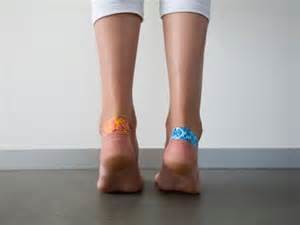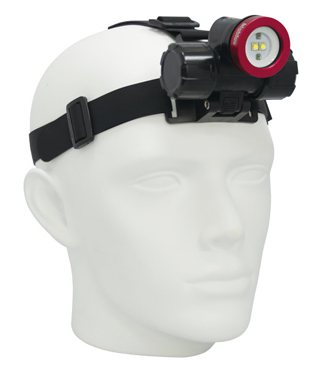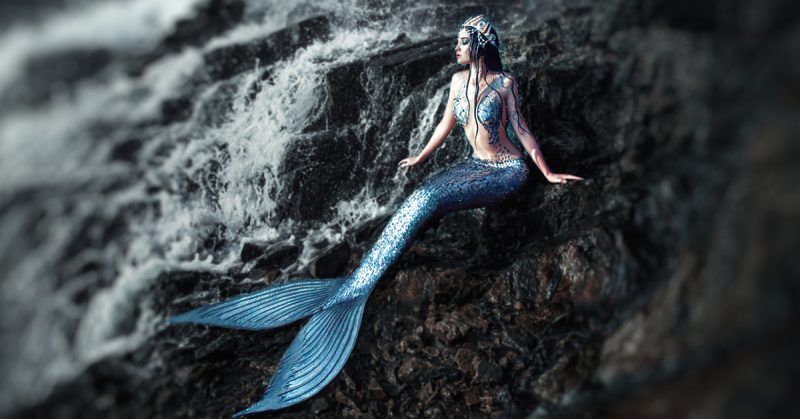I get some strange looks when I unpack my gear bag. I pull out my regulators, my fins, my wetsuit, and two rather disgusting white athletic socks. The have turned grayish, and they don’t smell too great, but for me, they have become an essential piece of diving gear. Why am I carrying socks in my scuba gear?
Dive Booties Rub Raw Spots on Some Diver’s Ankles:
I love my dive booties. They fit perfectly, and they are worn in to the point that they have molded to my feet.
Even so, when I make long or multiple dives during a day, they tend to rub raw spots on the tops of my ankles and the backs of my heels. This can become a major problem, as the tender spots make kicking painful. Given the amount of diving I do, once I get a blister, it takes weeks to heal. I have to continue to dive despite the blister which never seems to completely dry out.
Wearing Socks Prevents Blisters:
Wearing regular socks under my dive booties stops the booties from tearing directly into my skin. Instead of rubbing against my ankles and heels, the booties rub against the socks. After a few weeks, the socks wear out and I replace them. Given that a package of plain socks costs only a few dollars, I find this well worth the money.
I like to use standard athletic socks because they do not increase the buoyancy of my feet. They also feel soft and snuggly for the first few days that I use them.
Divers who want to wear socks under their booties can try one pair of athletic socks, or can layer two pairs of thinner socks. Wearing two pairs of socks increases the protection as the socks rubs and move against each other instead of against the diver’s feet.
Neoprene and Lycra Diving Socks:
Neoprene and lycra diving socks are commercially available, and will also protect a diver’s feet from blisters. I prefer not to use neoprene socks because I have very light fins, and doing so increases the buoyancy of my feet and throws off my trim. I don’t use lycra socks because they cost a bit more than regular socks, and I tend to misplace them. Divers who don’t mind a little extra buoyancy in their feet, or who can manage to keep track of their socks may want to consider purchasing commercially available socks.
Another advantage of neoprene diving socks is that they provide an extra layer of thermal protection for a diver’s feet. Divers who find that their feet become chilled under water may also want to consider this option.
Socks Make Donning a Wetsuit Easier:
Wearing socks when donning a wetsuit makes it easier for a diver to slide his feet through the legs and ankles of the suit. While in most cases, this isn’t the primary reason for wearing socks, it is an added bonus for divers who have difficulty pushing their feet through tight or sticky ankle seals, or who do not have zippers on their wetsuit ankles.
The Take-Home Message About Wearing Socks Under Diving Booties:
Even dive booties that fit well may rub raw spots on a diver’s ankles if he dives enough. Wearing socks under dive booties can prevent this problem and make diving more comfortable.
www.kirkscubagear.com







Leave A Comment